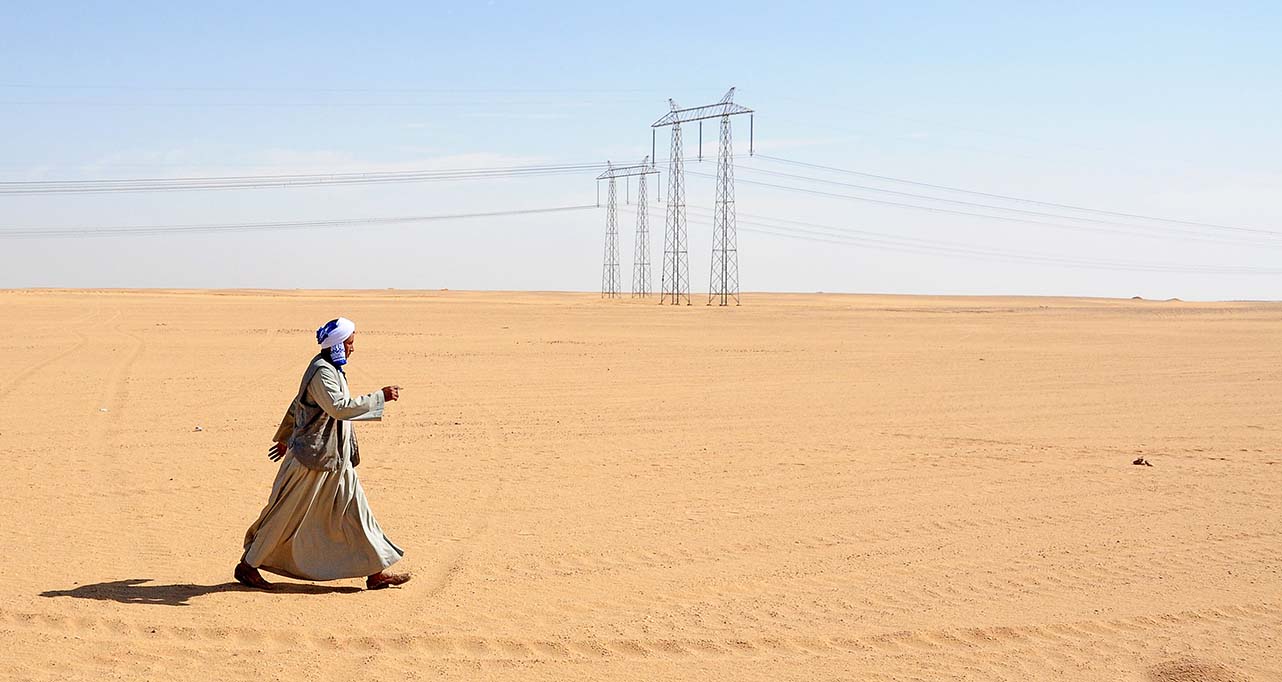- Fertility rates have dropped sharply, with most EBRD economies now below replacement level
- Ageing populations and shrinking workforces will weigh on growth in emerging Europe
- Extending working lives, leveraging migration and boosting innovation could offset demographic pressures
Demographic change is reshaping economies in the regions where the European Bank for Reconstruction and Development (EBRD) invests and elsewhere across the globe, emerging as a defining challenge for long-term growth, according to the Bank’s new Transition Report 2025-26: Brave old world.
Published today, the report examines demographic change and its profound implications for rapidly ageing economies, as well as for those with young, fast-growing populations.
The new study shows that demographic pressures are mounting in emerging Europe, where falling fertility and dwindling working-age populations are projected to reduce annual GDP per capita growth by almost 0.4 percentage point on average between 2024 and 2050.
In contrast, parts of Central Asia and the southern and eastern Mediterranean are still benefiting from a younger demographic profile that can support near-term growth. Yet they, too, will soon begin to age. Meanwhile, sub-Saharan Africa, where fertility rates are now falling, stands on the cusp of a potential demographic dividend if its fast-growing labour forces can be productively employed.
“Demography is not destiny – how economies respond is a matter of choice,” said Beata Javorcik, the EBRD’s Chief Economist. “Ageing societies can encourage individuals to work longer, attract and integrate migrant workers, and harness technology to sustain growth. Younger economies can invest in education and entrepreneurship to turn their demographic potential into a lasting advantage. In both cases, policymakers must act with courage and long-term vision.”
Across many of the EBRD regions, fertility rates have fallen well below the replacement level of 2.1 children per woman, reflecting delayed childbearing, shifting marriage patterns, economic pressures and evolving social norms. Despite a range of pro-natalist measures – including cash transfers, subsidised childcare and extended parental leave – sustained rises in fertility have proven elusive. The report notes that even generous policies often yield only temporary increases in birth rates.
Demographic shifts are already reshaping labour markets. In economies with older populations, employment is gradually shifting towards more “age-friendly” jobs that allow greater flexibility and require less physical effort, helping older workers and women to remain economically active for longer.
At the same time, advances in artificial intelligence and automation are transforming demand for skills. While artificial intelligence can boost productivity in some occupations, it may displace workers in others, underlining the need for continuous reskilling and lifelong learning.
The report points out that migration is another key policy lever, though offsetting population ageing through migration alone would require unprecedented inflows of migrant workers.
In younger economies, fostering entrepreneurship and supporting access to finance will be essential to create the necessary jobs for new entrants to the labour market.
Beyond economics, demographic change is also impacting societal beliefs and politics. As populations age, older generations are increasingly dominating electorates and leadership positions, influencing public spending priorities and policy choices.
The report notes that older voters tend to favour healthcare and pensions, while younger people place greater emphasis on education, housing and climate action. These generational divides can make reform more difficult and contribute to greater political polarisation.
The study emphasises that this demographic transition will shape the next phase of economic development in the EBRD regions. Governments that act early and implement inclusive, well-designed reforms can turn demographic headwinds into opportunities, sustaining growth, safeguarding fiscal stability and advancing prosperity in this “brave old world.”




